Dock
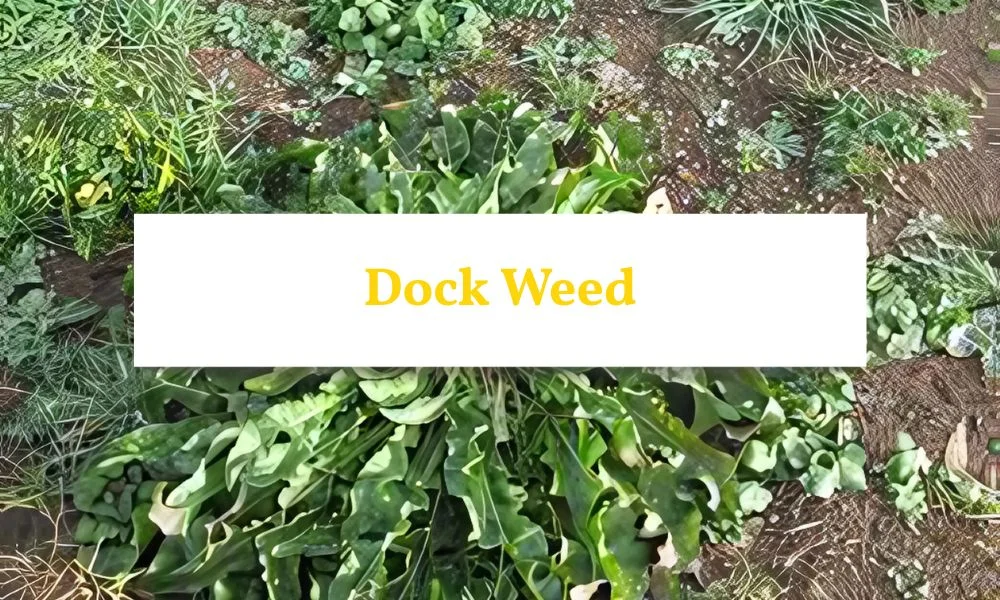
What Is Dock Weed?
Dock (Rumex spp.), including curly dock (Rumex crispus) and broadleaf dock (Rumex obtusifolius), is a perennial weed belonging to the buckwheat family (Polygonaceae). It is commonly found in pastures, lawns, roadsides, and disturbed areas. Dock is known for its deep taproot, wavy-edged leaves, and ability to thrive in moist or compacted soils. Its resilience and prolific seed production make it a persistent problem in many environments.

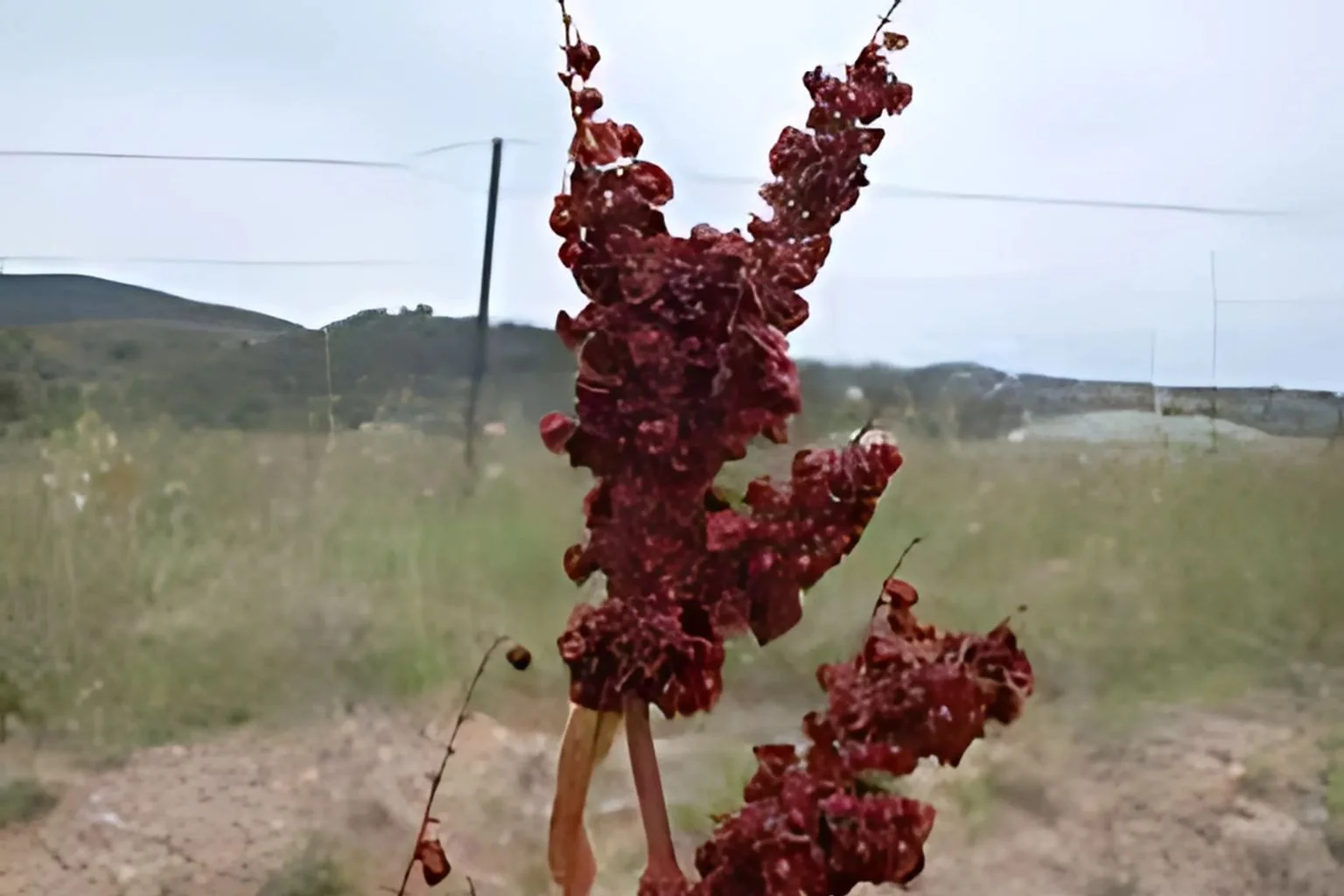
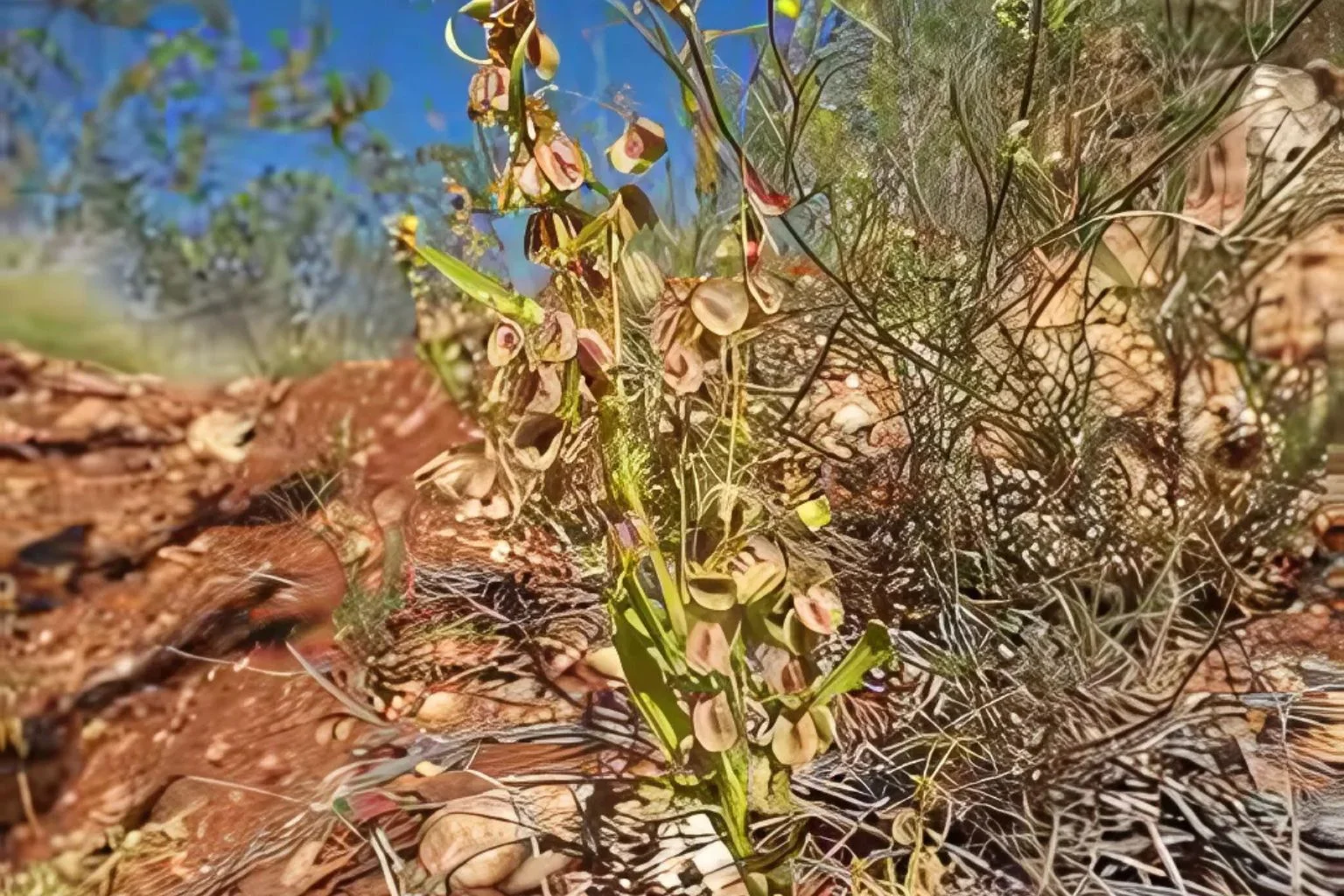
Why Is It A Problem?
Dock is a tricky weed to deal with because it quickly takes over space meant for other plants. For starters, it competes with crops, grass, and garden plants for important things like water, sunlight, and nutrients. On top of that, its deep taproot allows it to survive dry weather and grow back even after mowing or cutting.
Even worse, its seeds spread easily through wind, water, animals, and tools, which means it can show up in new places before you even notice. Once dock is established, it becomes much harder to control—so early action really helps.
How to Identify Dock Weed
Dock is a tough weed that can quickly take over if left alone. That’s why it helps to recognise its features early. Below are the main signs to look out for:
Appearance
To start with, dock grows as a low rosette of leaves close to the ground. These leaves often have wavy or curled edges, giving the plant a crinkled look. As the plant gets older, the leaves may change colour from bright green to shades of reddish-brown.
Leaves
Curly dock usually has long, narrow leaves with wavy edges, while broadleaf dock has wider leaves with a rounded, heart-like base. Both types of leaves are smooth and have no hairs. When you touch them, they feel soft but firm. The leaf edges often curl up slightly, especially in dry weather.
Flowers
As dock matures, it sends up tall flower stems that can grow up to 1.5 metres high. Along these stems, you’ll find small green flowers packed closely together in clusters. Over time, the flowers may turn reddish or brown as they dry out and form seeds.
Taproot: One reason dock is hard to get rid of is its deep taproot. This thick, fleshy root can grow deep into the soil, helping the plant survive dry conditions and grow back even after being cut or pulled. If the root breaks and part remains in the ground, the plant will likely return.
Seed Production
Finally, dock is known for spreading quickly because of its seeds. Each plant can produce thousands of seeds every year. These seeds are small, flat, and brown, and they easily spread by wind, water, or animals. Even worse, the seeds can stay in the soil for many years and sprout when conditions are right.
Effective Methods
How to Get Rid of Dock Leaves
Cultural Practices
-
Improve Soil Health: Aerate compacted soils and improve drainage to create conditions less favourable for dock growth. Adding organic matter can also enhance soil structure.
-
Encourage Dense Vegetation: Maintain healthy turf or pastures to outcompete dock by reducing space for seedlings to establish.
Mechanical Control
-
Hand-Digging: For small infestations, dock can be removed manually by digging out the entire taproot. This method is effective but labour-intensive.
-
Mowing: Regular mowing can prevent flowering and seed production but will not eliminate established plants due to their deep roots.
Chemical Control
-
Dock Herbicide: Use selective herbicides containing active ingredients like 2,4-D or dicamba for effective control of dock without harming grasses. Glyphosate can be used for spot treatments in non-turf areas but will kill surrounding vegetation.
-
Timing of Application: Apply herbicides during active growth in spring or early autumn when the plant is most vulnerable. Follow label instructions carefully for safe and effective use.
Preventative Measures
-
Seed Prevention: Remove flowering plants before they set seed to limit future infestations.
-
Regular Monitoring: Check fields and lawns regularly for new dock growth and act quickly to remove young plants.
Chemical Control Options
As said, you can choose from selective herbicides to tackle your Dock Leaves or weeds problems. Among your options are:
Dicamba-M Selective Herbicide – Superway
Dicamba-M by Superway is a smart choice for tackling stubborn broadleaf weeds like dandelions, bindii, clover, thistle, and cudweed. This selective herbicide targets weeds without harming your lawn or crops, making it perfect for lawns, golf courses, and cereal crops like wheat and barley. It’s fast-acting, effective, and built for long-lasting results.
Yates Bindii & Clover Weeder Concentrate
Yates Bindii & Clover Weeder Concentrate is a reliable solution for removing common lawn weeds like bindii, clover, and dandelions. This selective herbicide works effectively on a wide range of lawn types (excluding buffalo grass), helping you maintain a healthy, weed-free lawn. Its easy-to-use, economical formula makes lawn care simple and effective.
Yates Weedkiller For Lawns RTU
Tired of dandelions and other pesky weeds ruining your lawn? Yates Weedkiller for Lawns RTU makes it easy to get rid of bindii, clover, dandelions, and more—without damaging your grass. Its ready-to-use formula comes with a built-in wetting agent for better coverage and fast results, giving you a cleaner, healthier lawn with minimal effort.
NOTE: If you want to use chemicals for spot treatments in non-turf areas, you may opt for Glyphosate Weed Killers.





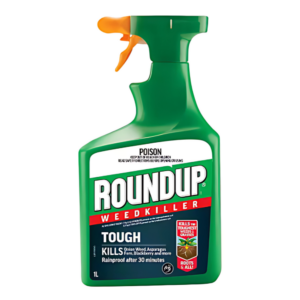
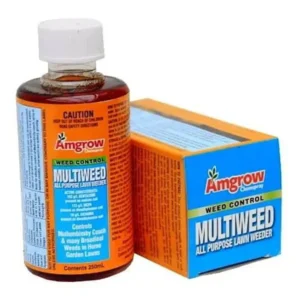

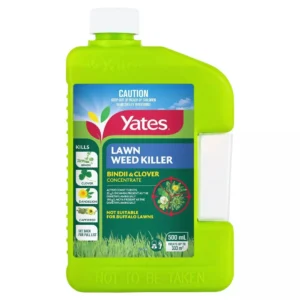
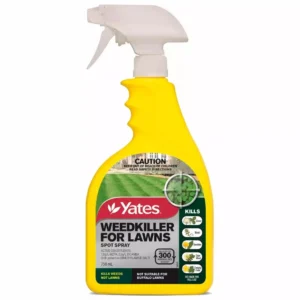
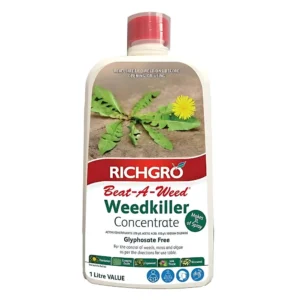
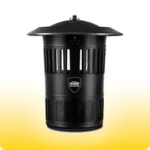 Mosquito Traps
Mosquito Traps